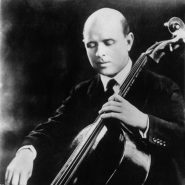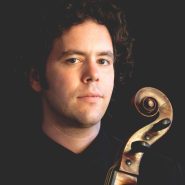Tag: Brahms
By Khari Joyner December 11, 2020
Subjects Beyond the Traditional
Tags Beethoven, Brahms, Cadenzas, improvisation, Mozart, Music History, Musical Freedom, Ravel
By Anssi Karttunen March 9, 2019
Subjects Repertoire
Tags architecture, Brahms, color, flexibility, form, freedom, gesture, phrasing, precision
By Brant Taylor March 4, 2015
Subjects Auditions, Orchestra, Repertoire
By Guy Fishman October 25, 2013
Subjects Baroque, Historical
Tags academic, Anner Bylsma, Bach Suites, Baroque, Beethoven, Boccherini, Brahms, Carter Brey, cellists, cello, cellobello, critic, curiosity, David Soyer, dual careers, endpins, experiments, gut strings, historically-informed performance, interest, Jascha Heifetz, Matt Haimovitz, modern playing, New York, Pablo Casals, Paul Katz, performance, possibility, prominence, teachers, Vivaldi, Yo-Yo Ma
By Brant Taylor May 2, 2012
Tags artistry, Auditions, Brahms, Brant, cello, cellobello, color, control, dynamics, Excerpts, exploration, fingerings, goals, inflection, legato, nuance, shifting, success, Taylor, tempo, understanding
By Mickey Katz April 26, 2012
Subjects Artistic Vision, Orchestra









